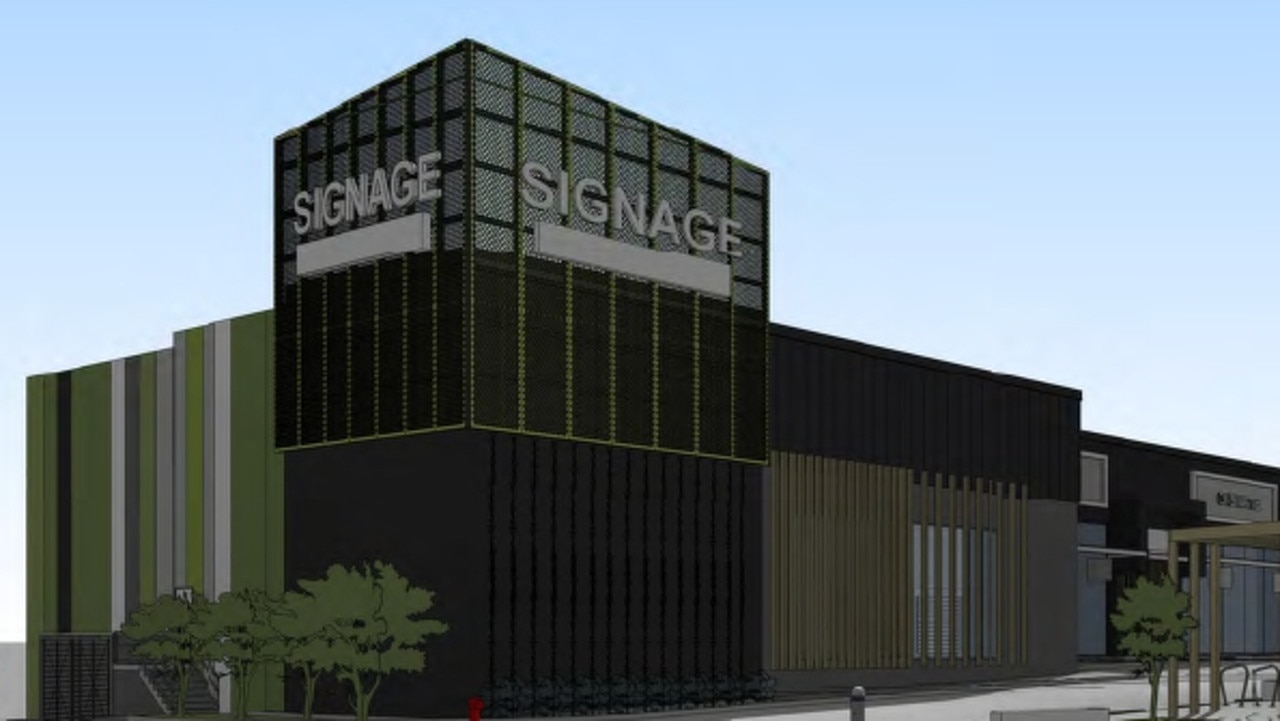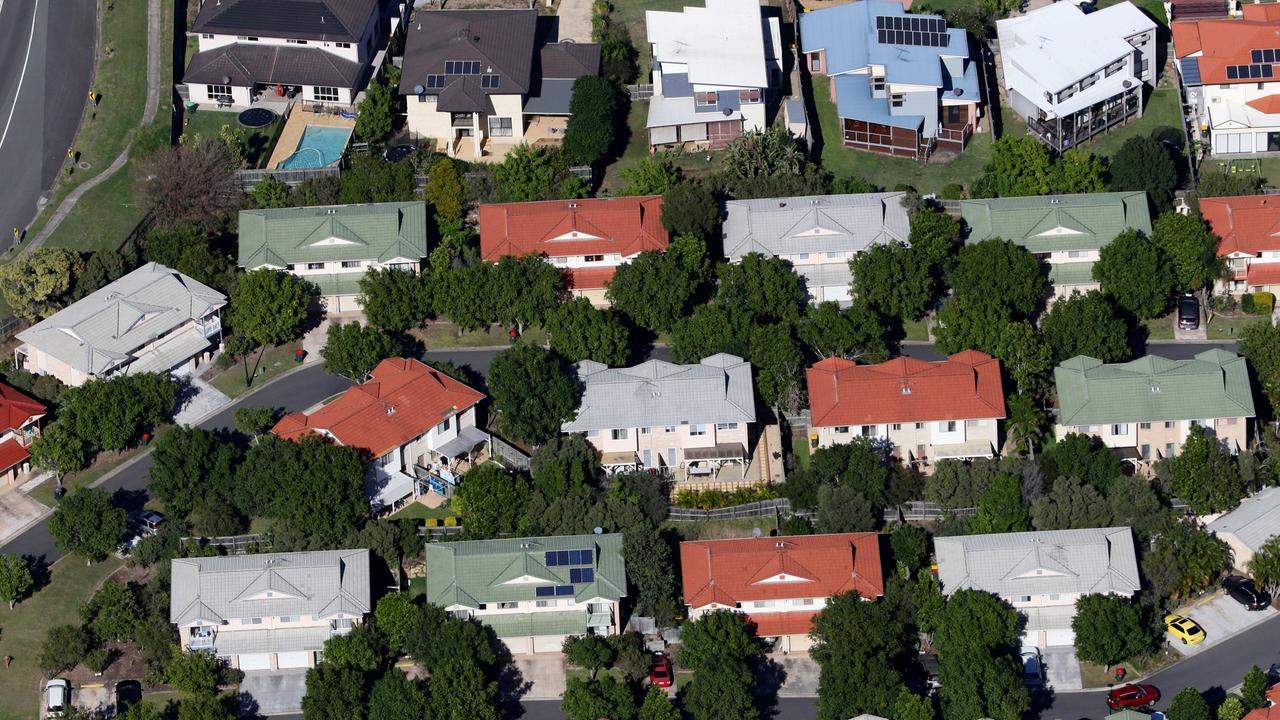Cost of Living: Experts reveal how to cut energy bills by spending from $5 to $10,000+
The best ways to cut your home’s energy and gas bill this winter could be a lot simpler and cheaper than you might expect.
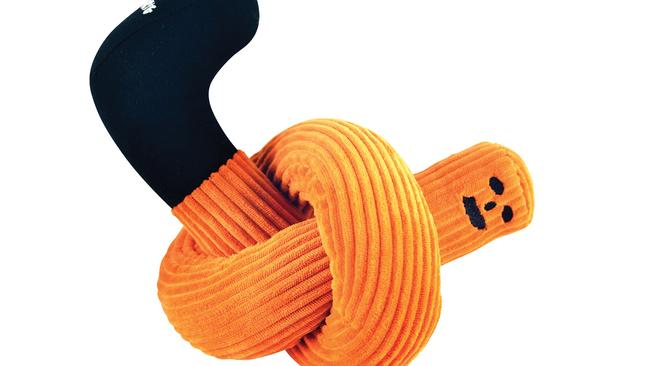
Property
Don't miss out on the headlines from Property. Followed categories will be added to My News.
Experts have revealed slashing your energy and gas bill doesn’t have to cost big money, with the humble door snake named one of the best investments for cheaper utilities.
Even leaving your gas heater off and using the heat function of your home’s reverse-cycle airconditioner could have a big impact on your home’s running costs.
Deakin University science, engineering and built environment professor Tony Arnel said the first thing most Victorians should do before winter was draft proof their home as much as possible.
RELATED: Homeowners face 50 per cent rise in mortgage repayment costs
Interest rates Australia: Calculate the impact: When rate rises will end
Energy efficient housing: How this Victorian-built home will save you $1000s in bills, petrol

“You’re paying all this money for your heater and the warmth slips under the doors and around your windows or through the floorboards,” Prof. Arnel said.
“People used to use door snakes. They are really worthwhile ... and they would be a few dollars to buy.”
Next, he advised against overheating your home.
In winter, the World Health Organisation recommends a temperature above 18 degrees and Mr Arnel advised not pushing past 22 as this could exponentially increase costs.
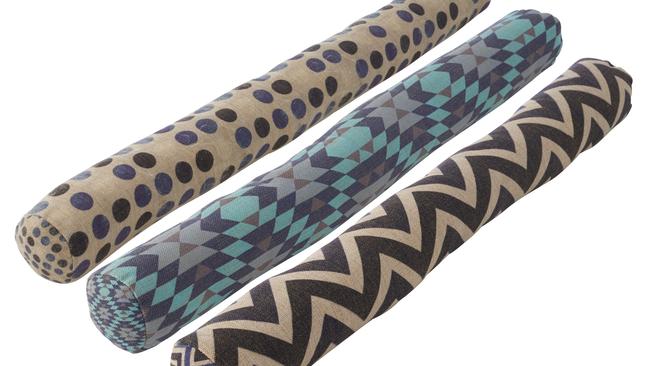
“Going from 22 degrees to 24 degrees could increase your monthly heating bill as much as 50 per cent,” he warned.
For those with the budget, double glazing the windows in a 30-year-old home could cost around $40,000-$60,000.
While even upgrading a few windows in key living areas could make a difference, those who couldn’t afford it should look at a heavy set of drapes or even specialised thermal curtains in front of windows in living areas and bedrooms.
Renew.org.au’s Rob McLeod said homeowners should have their home’s insulation assessed as the typical R-value for insulation in Victorian homes was about 2.5, but increasing that to a value of four could have a significant impact on bills and would cost about $10-$15 a square metre, plus installation costs.

In order, homeowners should start with ceilings, followed with their sub-floor if feasible, then walls — especially for homes built with lightweight materials such as weatherboards.
We’ve asked experts from Finder to Deakin University, home renovators to Renew.org.au and even punters like you for the best ways to bring down energy bills.
HOW TO SAVE ON YOUR GAS AND ENERGY BILLS
UNDER $100
- Compare energy providers and plans every 6-12 months: a cheaper one could save you hundreds (even thousands) of dollars;
- Consider a fixed-price gas plan to avoid price increases for the next 12 months;
- Take shorter showers;
- A rug can help trap heat and provide a barrier to cold floors;
- Close doors and just heat the rooms you spend time in;
- Consider cold washes on laundry day;
- Switch appliance power off at the wall, this can save $100 a year in an average home;
- Plant a grapevine to grow over your pergola which will block sun in summer, and lose its leaves to let light in during winter;
- Try to use appliances like washing machines and dishwashers outside of peak pricing periods indicated on your energy bill;
- Buy warmer clothes or even a sleeved blanket and turn down your heater;
- Buy an electric blanket and use that instead of a heater overnight;
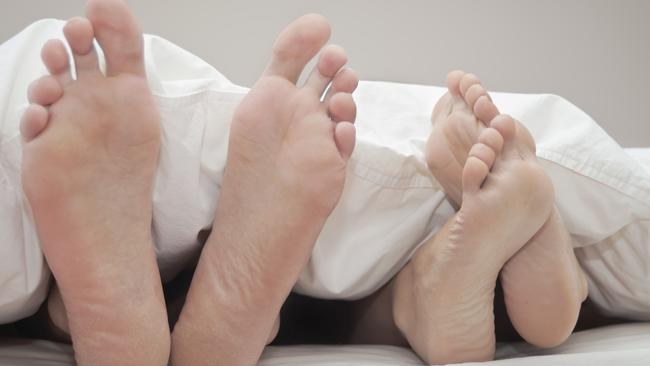
UNDER $1000
- Get a professional audit of your home’s thermal efficiency to identify problem areas;
- Improve the amount and quality of insulation;
- A heavy set of curtains, or even specialised thermal drapes could be installed for a few hundred dollars;
- Improve your home’s insulation, especially if you don’t have at least R-value four batts in your roof (R-value 4 insulationtypically costs $10-$15 a square metre)
- Plant a grape vine at the base of your pergola to provide natural shelter in summer, and let light in during winter;
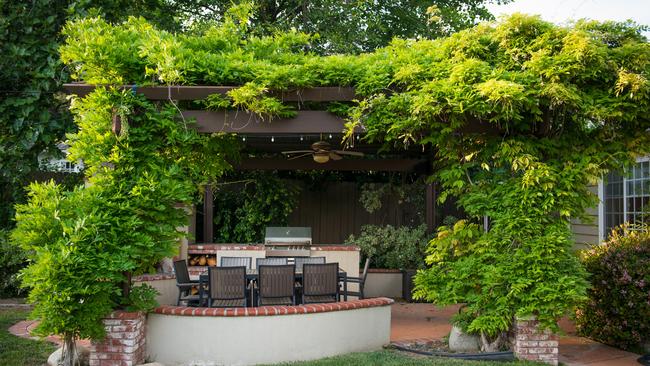
UNDER $10,000
- Upgrade to more energy efficient appliances around your home;
- Upgrade your heating system to an energy-efficient reverse-cycle airconditioner;
- Retrofitting inefficient whitegoods;
- Replace gas heating with electric options;
- Replace gas stoves with an induction cooktop;
- Replace gas hot water systems with an electric heat pump;
- Add underfloor insulation if feasible in your home;
- Add insulated plasterboard to your home’s walls (typically costs upwards of $60 a square metre, plus installation);
- Install solar panels (typical cost for a 6.6kW system is about $5000, with a $1000 rebate);
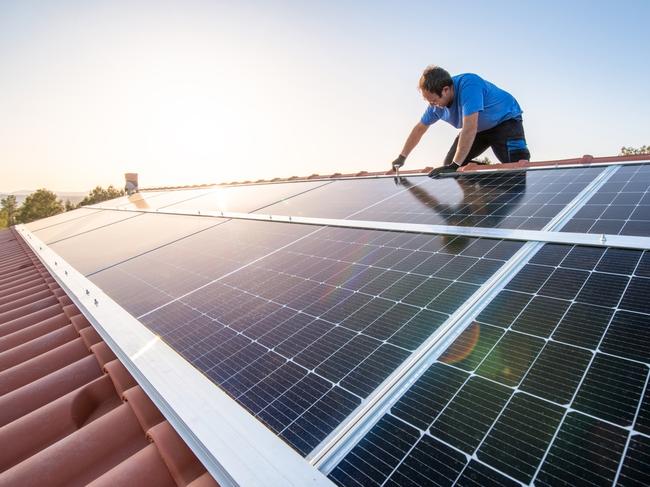
$10,000-PLUS
- Upgrade standard windows to double glazing, typical estimated cost $40,000-$60,000;
- Remove all gas appliances from your home, typical estimated cost $15,000-$20,000;
- Renovate or extend to make better use of sunlight to warm and brighten your home, around $500,000 for an inner-city house;
Sign up to the Herald Sun Weekly Real Estate Update. Click here to get the latest Victorian property market news delivered direct to your inbox.
MORE: Beachside on a budget: Where you can get a holiday home for $275k
Melbourne real estate: Where to buy now and become a millionaire in 10 years
Greens MP Aiv Pugleilli shares ‘cooked’ Melbourne rental crisis story

